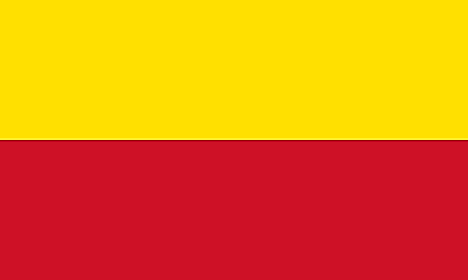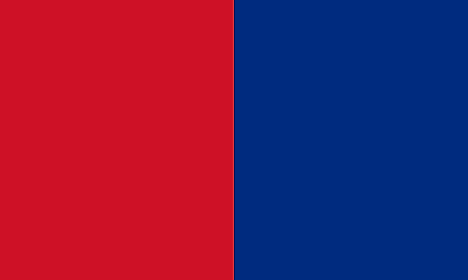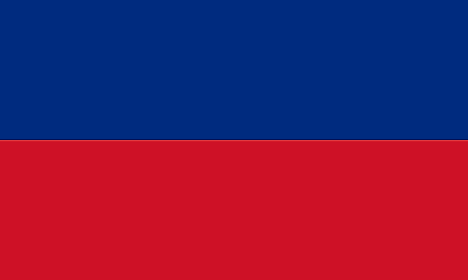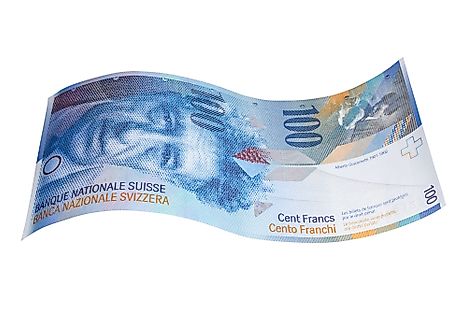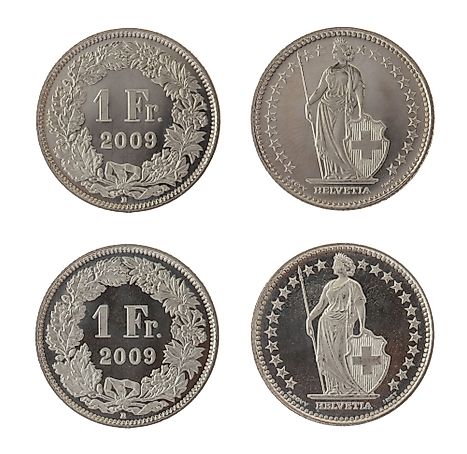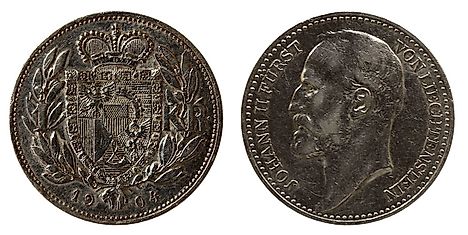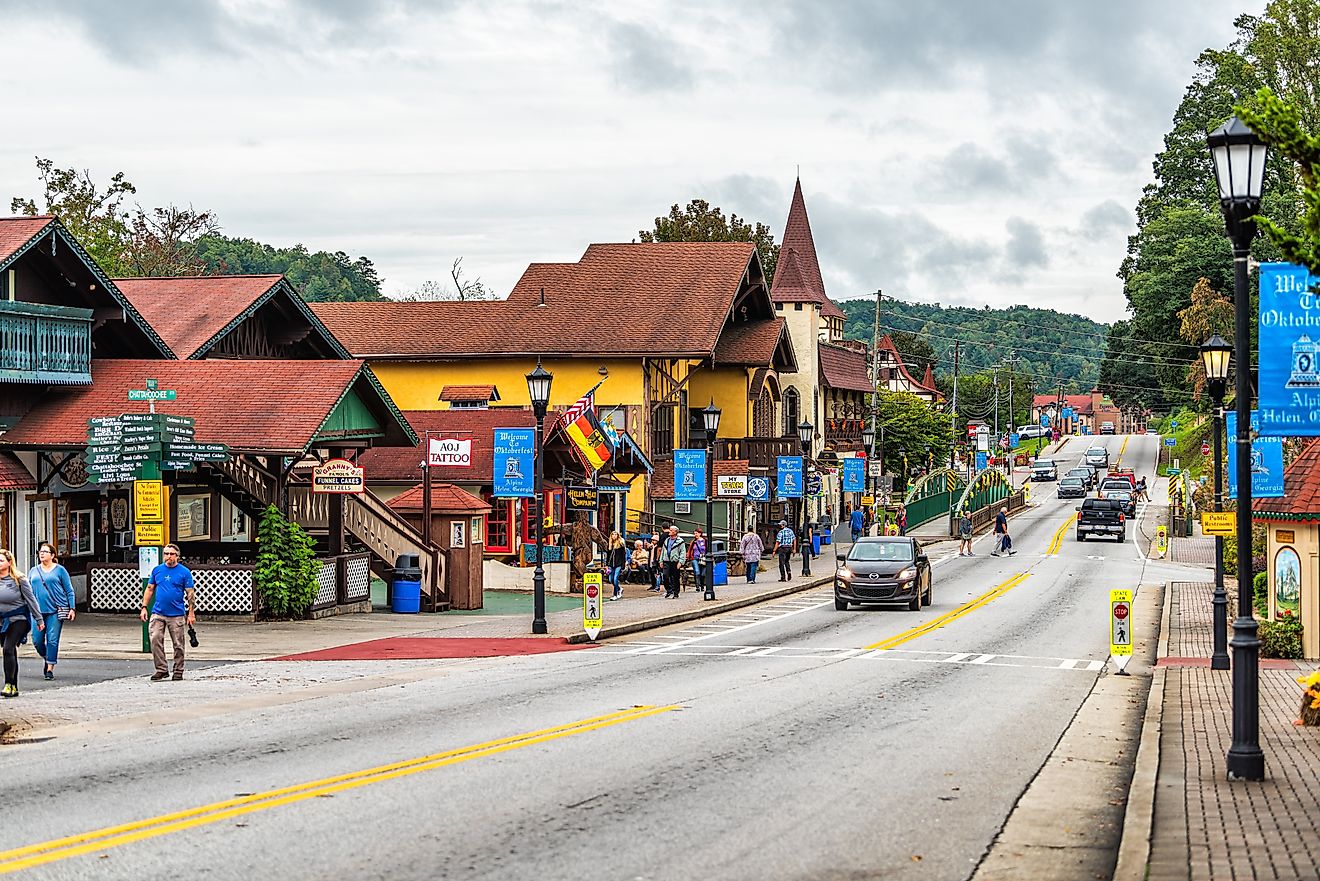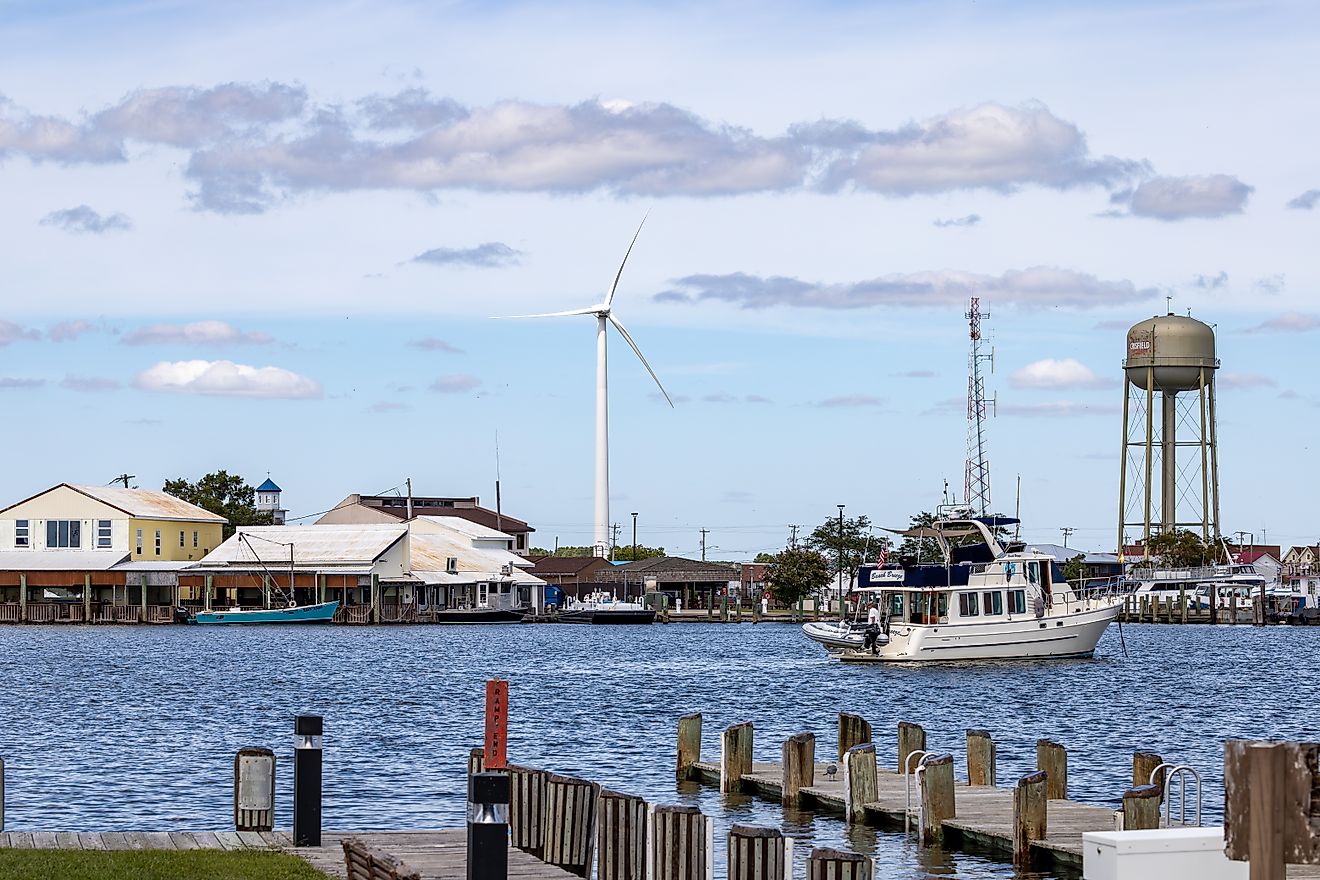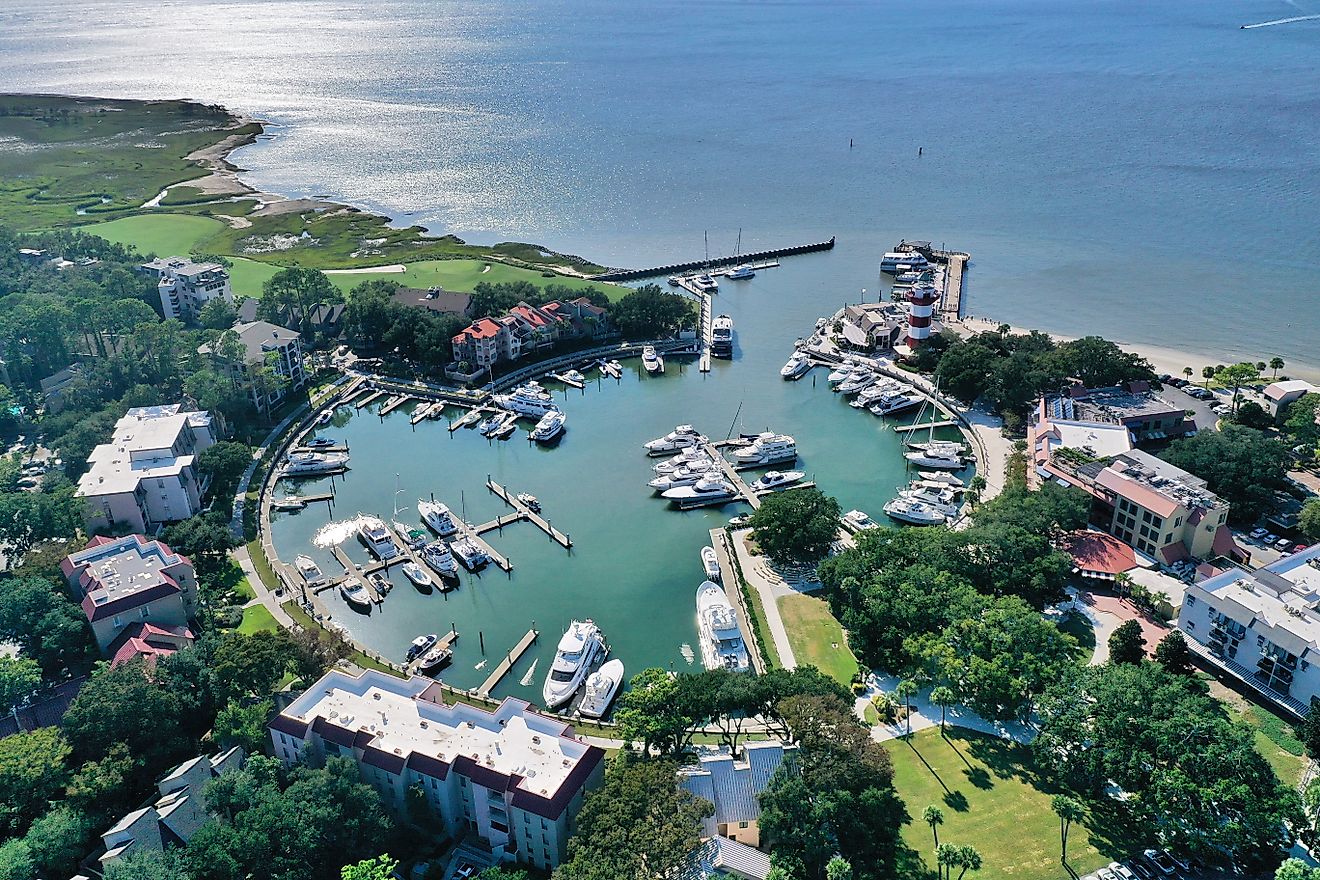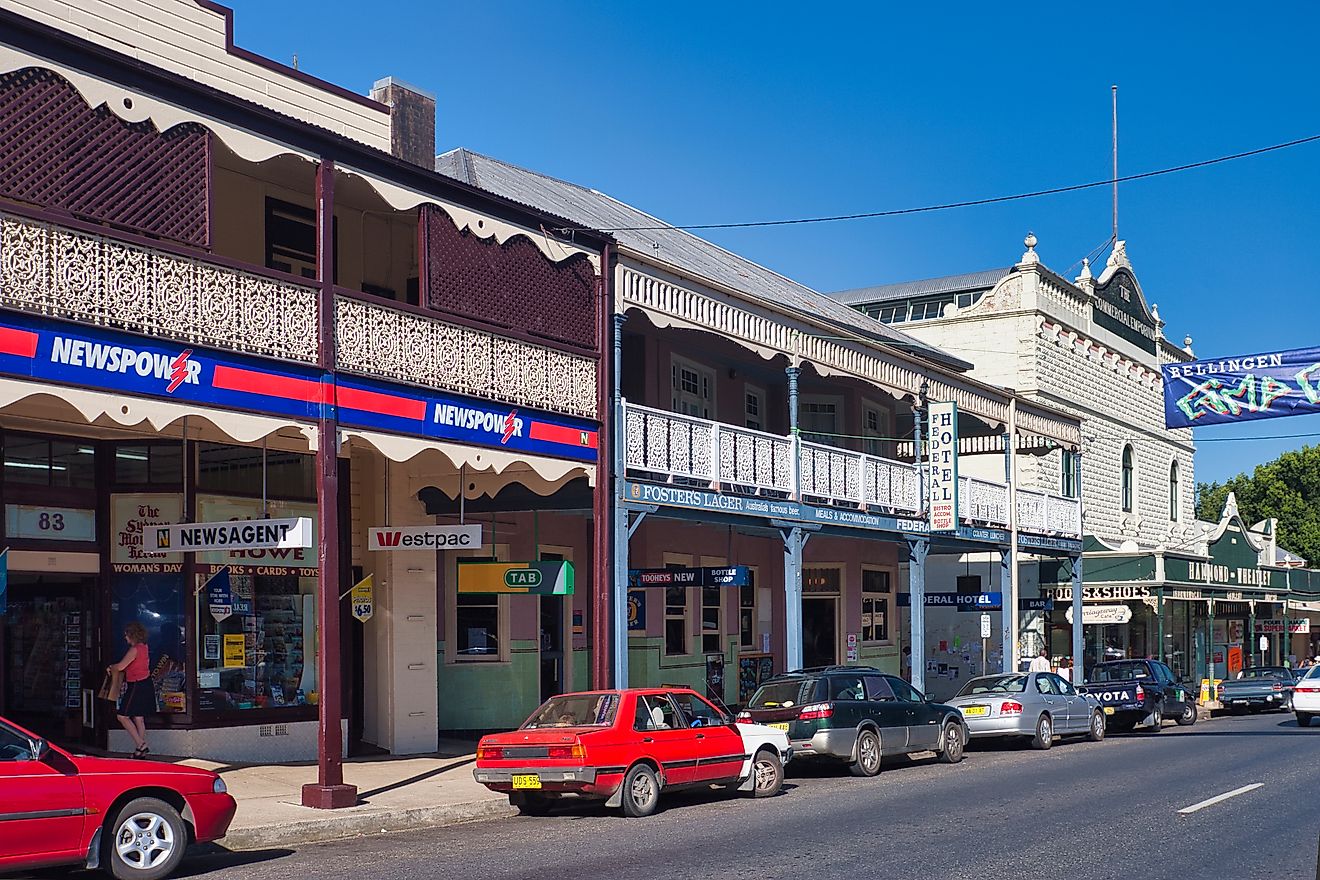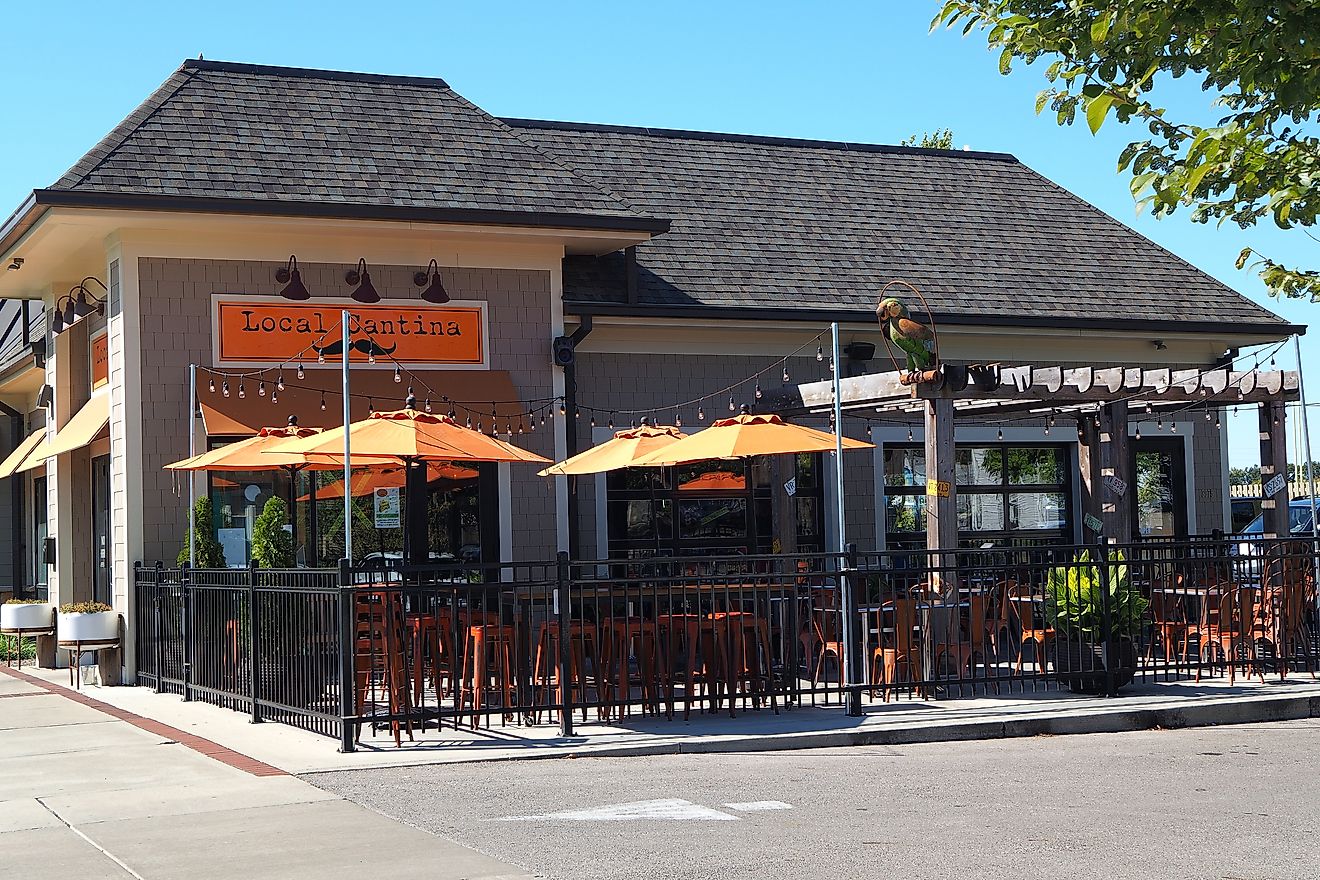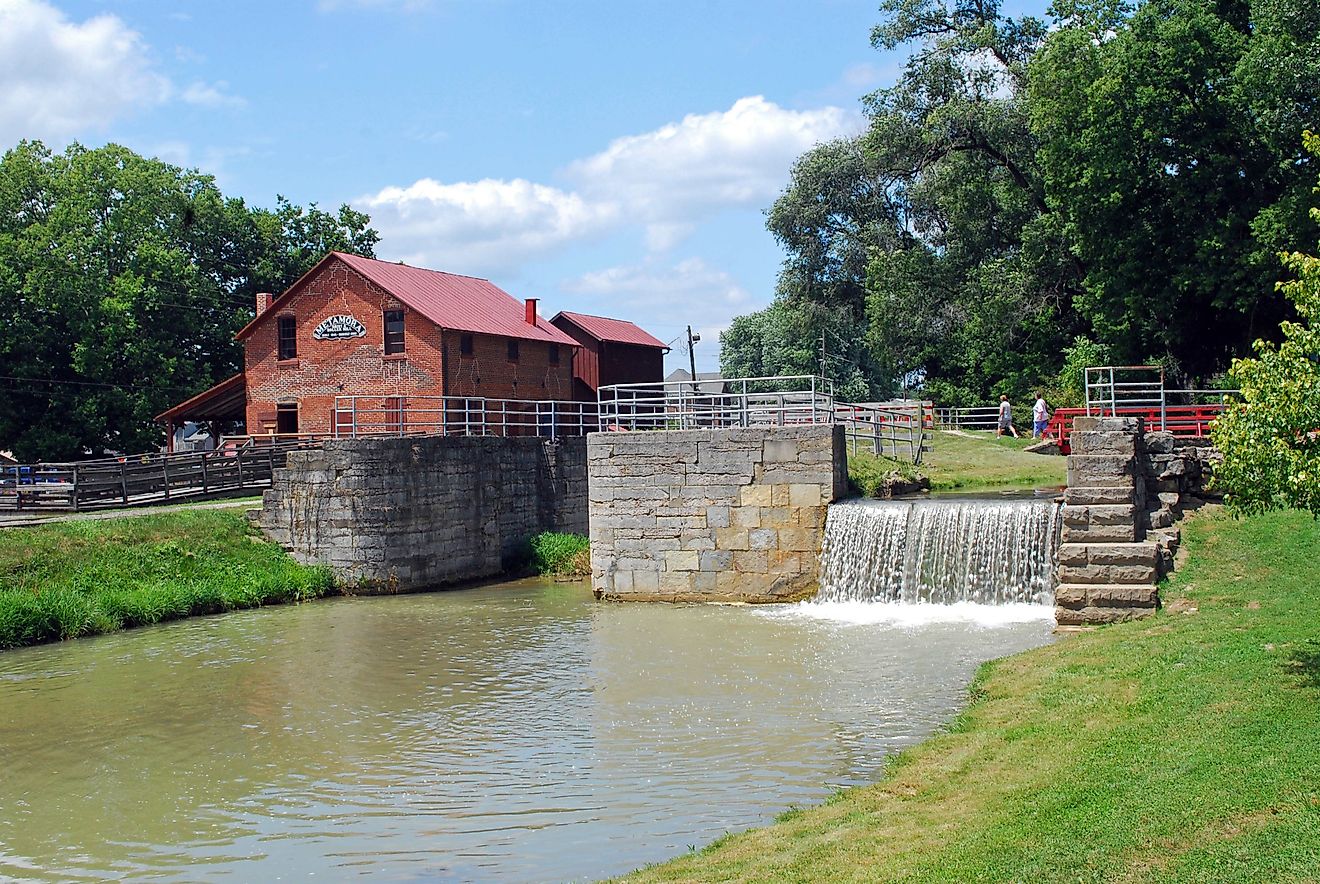Flags, Symbols, & Currencies of Liechtenstein
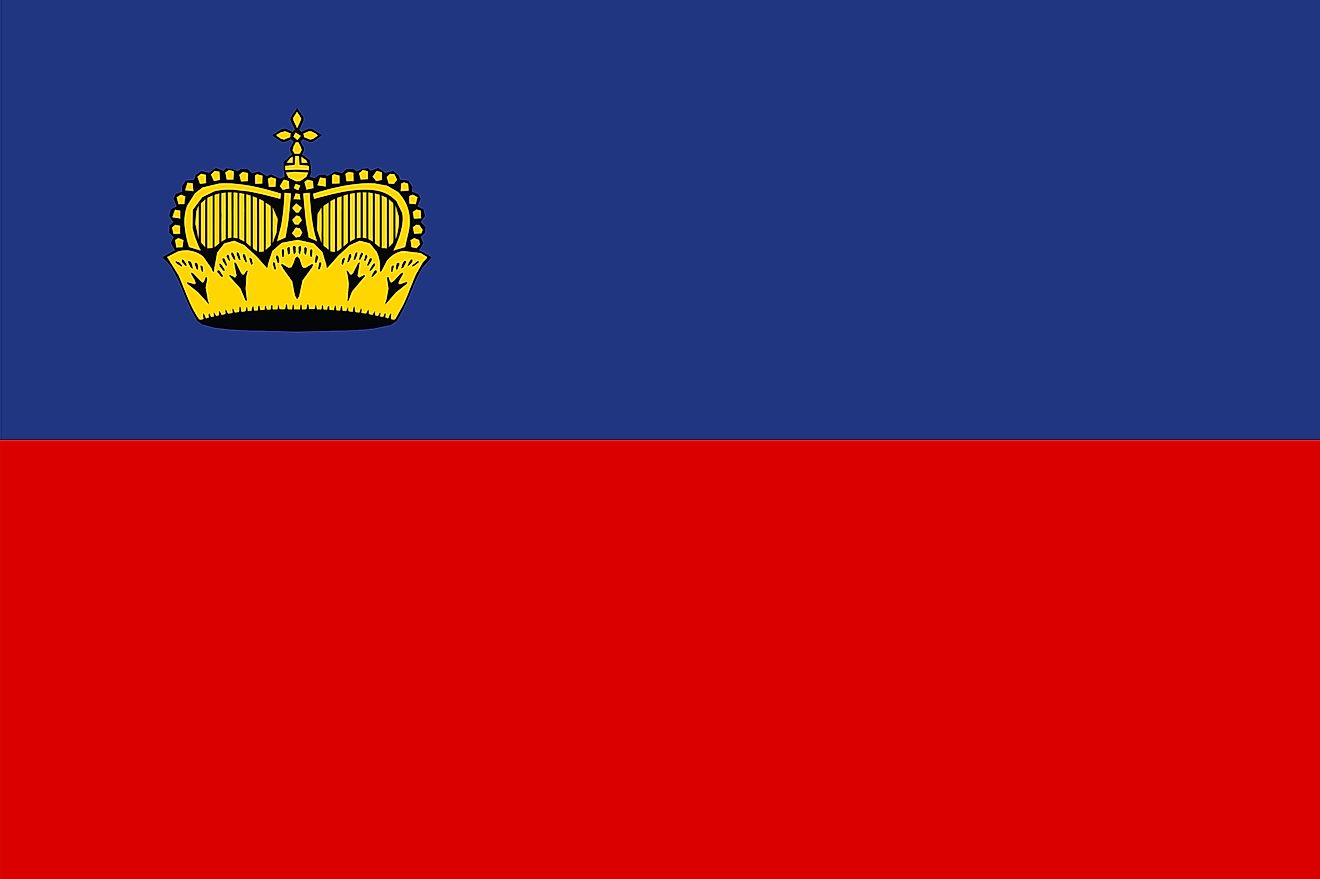
Liechtenstein's flag was officially adopted on June 24, 1937, However, the flag has been in use since 1764 and was enshrined in the country's constitution in 1921. The flag has a width to length ratio of 3:5. It consists of two horizontal bands of equal width and length. The top band is blue while the bottom band is red. A golden crown sits at the top left corner of the flag.
The flag often has colors and symbols that hold special meaning for the country that owns the flag. Therefore, a flag represents the nation’s values and identity. The blue and red colors have been the colors of Liechtenstein since it was part of the Holy Roman Empire in the 17th century. The blue color on the top side of the flag signifies the beautiful blue sky in Liechtenstein. The red color at the bottom signifies the embers from the fires lit in most homes in the country. The golden crown on the upper left corner represents the Prince’s crown. It signifies the unity among the citizens of Liechtenstein and with the royal family.
History of the Flag
Liechtenstein's first flag was designed in 1719, when the Principality was formed. The flag had two horizontal bands of gold (top) and a red. The colors of the flag were borrowed from the colors on Liechtenstein’s coat of arms. The flag was used until 1852. In 1852, Liechtenstein became part of the German Confederation. As a result, the country adopted a new flag that had the colors from the Prince’s banner. The new flag had two bands just like the original flag. However, the stripes were blue and red and were positioned vertically unlike in the first flag where they had run horizontally.
In 1921, the nation created its first constitution and adopted the flag as part of the constitution. The design of the nation’s flag changed from vertical red and blue bands to horizontal bands.Once again, in 1937 Liechtenstein changed its flag. The change was influenced by the summer Olympics in Berlin in 1936 when Liechtenstein realized it had an identical national flag with Haiti. In an attempt to differentiate the flags, Liechtenstein added a golden crown on the upper left corner of the flag. The new flag was unveiled at a colorful event on June 24, 1937. The new flag remains as the national flag of Liechtenstein.
Symbols of Liechtenstein
National Coat of Arms of Liechtenstein
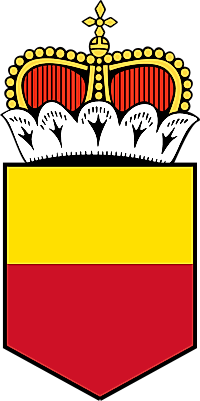
Liechtenstein's coat of arms contains the shield of the Princely House with the Princely hat resting on top. It is a shield divided into two halves by orange (top) and red (bottom) colors, with the Pricely hat resting on top of the shield. However, this arms is always referred to as the arms of Princely House. The coat of arms of the ruling prince features one big shield containing smaller arms. The smaller arms include arm of Silesia, arms of the Kuenring family, arms of Opava Principality, and arms of Cirksena family. The arms of the Duchy of Krnov is at the base while that of the Princely House is on inescutcheon.
National Anthem
- Anthem Title: Oben am jungen Rhein ("High on the young Rhine")
- Music composer: Unknown
- Lyricist: Jakob Josef Jauch
- Date of Adoption: 1920 (modified in 1963)
Oben am jungen Rhein ("High on the young Rhine") is Liechstein's national anthem. It wa written by Jakob Josef Jauch in 1850 and set to music by an unknown person in the melody of "God Save the Queen" (British anthem). It is one of the songs that praised Rhine River as part of Germany as opposed to French territory.
The first lyrics, printen in 1875, has 7 verses. In the 1920 versions, two verses (5 and 6) not included in the anthem. The current version was produced in 1963 and comprises two verses; the first and last verses of the 1920 version. Some of the phrases were also edited. For instance, "the young Rhine" (junger Rhein) replaced with "the German Rhine" (deutscher Rhein) in 1920 was restored in the 1963 version.
Oben am jungen Rhein
Oben am jungen Rhein
Lehnet sich Liechtenstein
An Alpenhöh'n.
Dies liebe Heimatland,
Das teure Vaterland
Hat Gottes weise Hand
Für uns erseh'n.
Hoch lebe Liechtenstein,
Blühend am jungen Rhein,
Glücklich und treu.
Hoch leb' der Fürst vom Land,
Hoch unser Vaterland,
Durch Bruderliebe Band
Vereint und frei.
High on the young Rhine
High on the German Rhine
Lies Liechtenstein, resting
On Alpine heights.
This beloved homeland
Within the German fatherland
Was chosen for us
By God's wise hand.
Long live Liechtenstein,
Blossoming on the German Rhine,
Fortunate and faithful!
Long live the Prince of the Land,
Long live our fatherland,
Through bonds of brotherly love
United and free!
The Currency of Liechtenstein is the Swiss franc
Since the country has a customs union with Switzerland, it adopted the Swiss franc as the official legal tender. The country adopted the Swiss franc as its currency in 1920 following the signing of the Customs Treaty in 1919, which placed Liechtenstein in a common economic area with Switzerland. The Swiss National Bank is the central body responsible for issuing the Swiss franc. Minting of the Swiss franc coin is done by the Swissmint, while Orell Fussli Arts Graphics prints the banknotes. The Swiss franc has the symbol CHF. Each franc is divided into 100 subunits called rappen (Rp).
Coins and Banknotes
Coins come in denominations of 5, 10, and 50 centimes and 1, 2, 5, 10, 20, 50, and 100 francs. Banknotes come in denominations of 10, 20, 50, 100, 200, and 1000 notes. The Swiss bank has released banknotes in eight series, and is in the process of issuing a ninth series. Banknotes are issued in various dimensions with the size increasing as the value increases. The ninth issue of the Swiss franc banknotes is regarded as one of the most secure currencies in the world due to its advanced number and technicality of security features.
Historical Currencies of Liechtenstein
The use of currency in Liechtenstein dates back to as early as the 18th century. Currencies that have been previously used in the country include the kreutzer, thaler, and the ducat. These currencies were produced using gold and silver. These coins mainly had inscriptions of the prince. The use of currency in Liechtenstein has been under the direct influence of the political conditions of the principality at any given time. Previously, the principality used the Liechtenstein krone currency until 1920, when the Swiss franc was introduced as the legal currency. The krone served as the currency in the principality in the period between 1898 and 1921. The krone existed in divisions of 100 units. Each division was called a heller. The Liechtenstein krone came in denominations of 1, 2, 5, 10, and 20 kroner. Instability of the krone following the World War I necessitated the introduction of a new currency.
